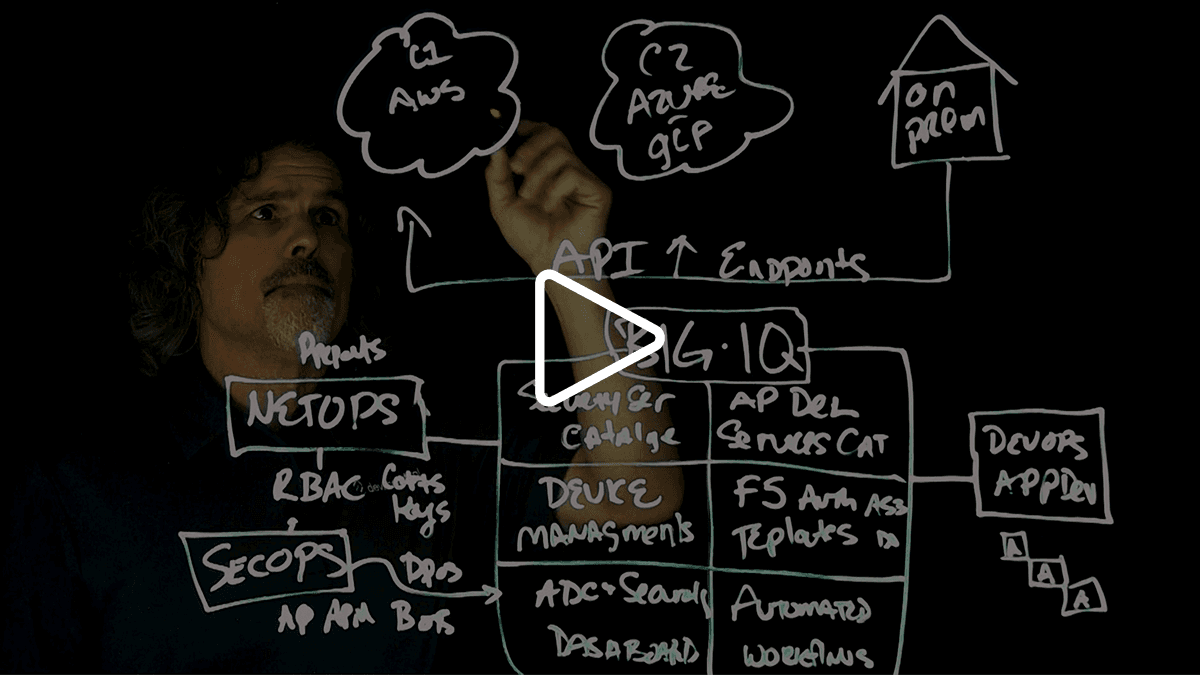A big part of effective application delivery and security is ensuring visibility and control of your hybrid and multicloud app and API deployments. F5 BIG-IQ Centralized Management—a key component of F5 ADSP—helps teams maintain order and streamline administration of BIG-IP app delivery and security services. Combining data-rich dashboards, intuitive configuration workflows, and powerful automation, BIG-IQ creates a single interface for holistic management of your BIG-IP investment.
Gain end-to-end visibility of your core IT, networking, development, and deployment environments with a unified tool. Create, configure and manage F5 security and application delivery services on physical and virtual devices both locally and in the cloud.


Ease the burden on NetOps, DevOps, and SecOps users with automated workflows, intelligent device management, role and user-specific GUIs and dashboards, and tight third-party integrations.
Manually creating, provisioning, and deploying hundreds of apps and BIG-IP devices across different operating environments and environments lacking a unified security posture or point of control can be time consuming and requires high levels of domain expertise.


The F5 Automation Toolchain is a set of unified tools, services, and integrations that automate the process of configuring, provisioning. Deploying F5 application services through simple yet powerful declarative interfaces makes it faster and easier for you to deploy and provision BIG-IP application services.
Just like the apps it manages, your BIG-IP system can be deployed in any environment—as software or purpose-built hardware—with holistic management and visibility enabled by BIG-IQ.
Performance, scale, and reliability of a modern architecture. Meet F5’s powerful next-generation chassis system.
A fully automatable architecture, and the highest reliability, security and access control for your critical applications.
Deliver the BIG-IP application services enterprises need with software designed for any cloud environment.
F5 works with leading technology partners to help you ensure consistency across cloud platforms and support every app, anywhere.






Applications are at the heart of the digital transformation and today every company is in the digital experience business. In this Lightboard Lesson, Peter Silva lights up how NetOps, SecOps and AppDevs can leverage BIG-IQ to make their jobs a little bit easier.
Watch the videoMAXIMUS Streamlines Operations with F5 in AWS ›
Fostering Security through Visibility with F5 BIG-IQ and SSL Orchestrator ›
How to Enhance BIG-IP Administration with Central Management ›
Troubleshoot Your Application Health and Performance with F5 ›